6. Cloud Atlas (2012) – The Wachowskis and Tom Tykwer
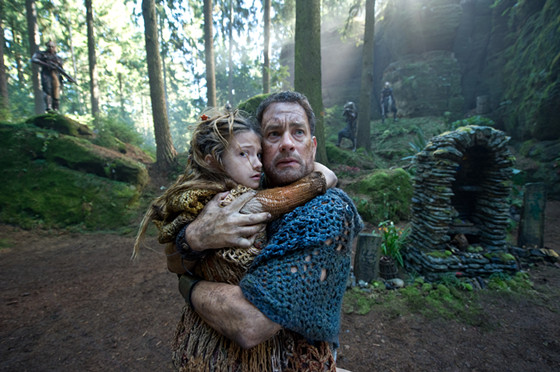
A film spanning several decades in the past, present, and future with actors playing many diverse characters of origin, race, and color. Yes, that can be confusing for any average viewer. Even the cast, directors, and critics have stated after subsequent viewings that they avoided figuring out the narrative and just experienced the joy of this film.
Sure, we recognize an actor like Tom Hanks playing many people, whether it’s in the Pacific islands in 1849, San Francisco in 1973, London in 2012, or Big Isle in 2321. But what is the connection on the grand scale of this epic? We are truly left to our choices to follow approximately 14 actors over the course of six stories. Whether it’s overlapping dialogue that relates to the future, shared dreams, past alternative realities, or possible futures that all intercut, it is definitely a film that demands several viewings.
There are many interpretations of the film, but to simply follow each story and try to add up all the pieces of this nearly three-hour film, you’ll need a notebook. It has so many layers and connections that it might be impossible for any viewer to truly figure out. Regardless, we can enjoy the experience of watching this bold, invigorating film.
7. Last Year At Marienbad (1961) – Alain Resnais
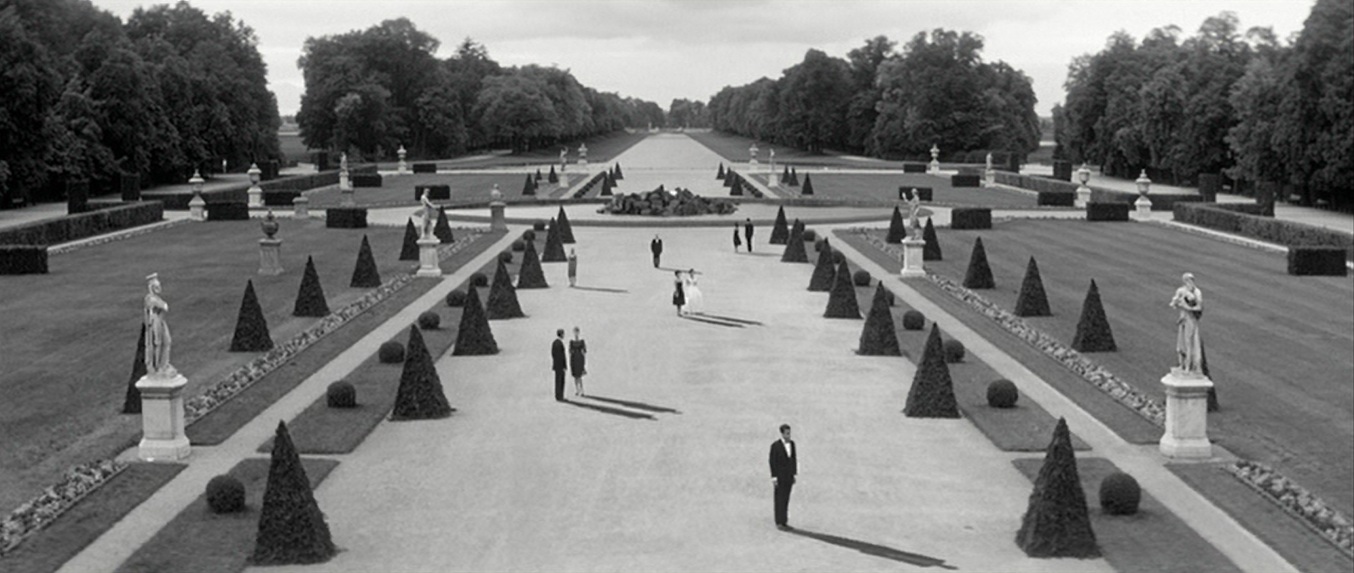
A film where even the protagonist keeps asking himself in voiceover and direct questioning, what actually occurred last year at Marienbad? We simply drift through Resnais’ dreamlike world of still photography and roving camerawork in a chateau instead of narrative plotting or story.
The film should be experienced as entering a voided daydream, but to actually realize what is going on is to follow what occurred. And as previously stated, even the characters don’t know, so we can’t decipher what is happening either.
The characters are present, but with the amount of abstraction drifting around, we’re not sure if we’re still present or in a flashback. The three roles of Giorgio Albertazzi as the man, Delphine Seyrig as the woman, and Sacha Pitoeff as possibly the woman’s husband are our only grounded reality for a possible direct explanation to what occurred.
Obviously, we never receive any answers as writer Alain Robbe-Grillet and director Alain Resnais wanted to create a true cinematic experience. They surely succeeded in doing so, and truly succeeded in the audience asking themselves what actually happened in “Last Year at Marienbad.”
8. The Rite (1969) – Ingmar Bergman
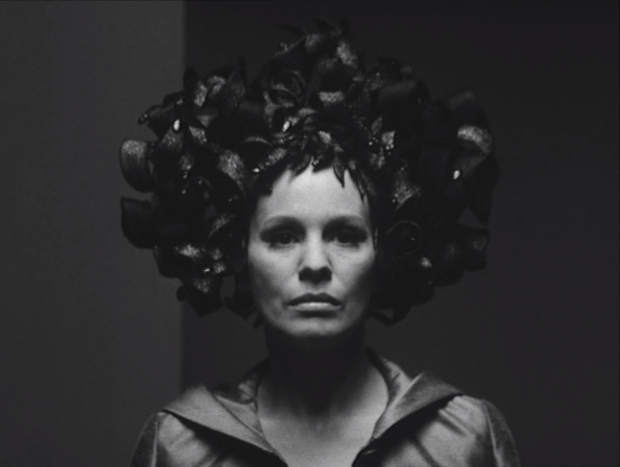
A film and era where Bergman kept exploring the notion of fiction and reality. Three of his regular actors, Ingrid Thulin, Gunnar Bjornstrand and Anders Ek, are interviewed and auditioned for a play that might have been too obscene.
From the opening of the film, we are situated in tight spaces growing panicked and uncertain as to what is occurring. We start to get a sense of the conversation and backstory, especially to the relationships of the three performers, but we are still at a Brecht-like distance to the true nature of the film.
The descent into horror and psychological torment, much like the performance of the play in the film and event of “The Rite,” adds to the complexity of the narrative. We start to ask questions – not why these things are happening, but about what is actually happening.
With a run time of 72 minutes, Bergman doesn’t manage to lose our interest in a convoluted experience, but keeps us immersed throughout. It shows how masterful the film and filmmaker are because a point is expressed, but it’s the way of this almost documentary-like interviewing that makes us confused as to why this film exists in this way. What is happening before our eyes? Is this even a film? It’s a difficult film to follow because of the style and Bergman’s aesthetic of mood and evocation, but it is truly is a film to behold.
9. Andrei Rublev (1966) – Andrei Tarkovsky
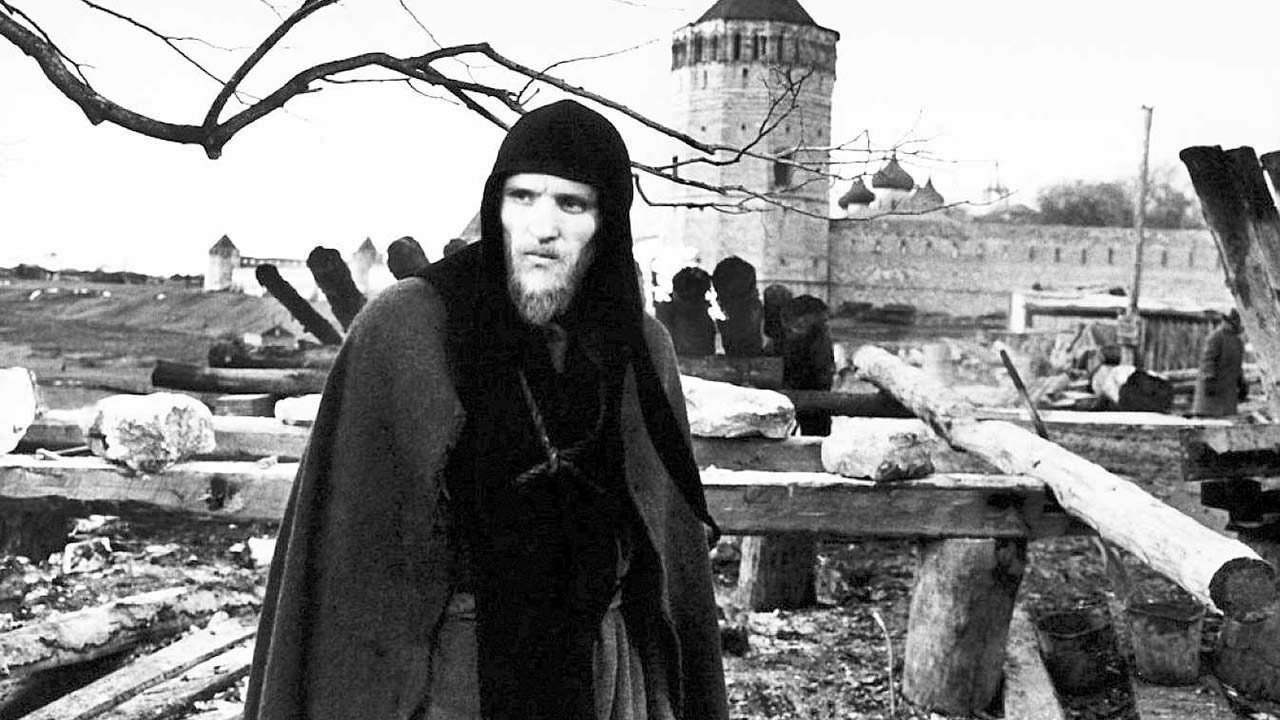
The film that cemented Tarkovsky as a filmmaker painting with a new canvas and exploring the possibilities of cinema. Here, he tells his episodic story of an iconic Russian painter and the surrounding life of 15th century Russia in a poetically allegorical and brutally realistic way.
The film spans several decades of Rublev’s life, so we must constantly be wary of each new episode. What makes the narrative unique is that Rublev will sometimes be sidelined for several reasons. Some episodes concentrate on a particular brand of people in society with Rublev being an observer, or visual poetry will occur where we truly must surrender to Tarkovsky’s vision.
Any cinephile will know this film is always on the list of greats. But one of the reasons why we revisit it so frequently is because we are trying to figure out what actually occurred. Characters come and go with no key scenes, time elapses with no explanation, and the layering of themes episodically divert our attention.
This is what Tarkovsky wanted to do and he created a masterpiece. Thus proving that like Rublev, we might just be better observing and listening to what occurs in front of us instead of attempting to follow the logic, rhythm, or purpose of what is actually going on.
10. Twin Peaks: Fire Walk With Me (1992) – David Lynch
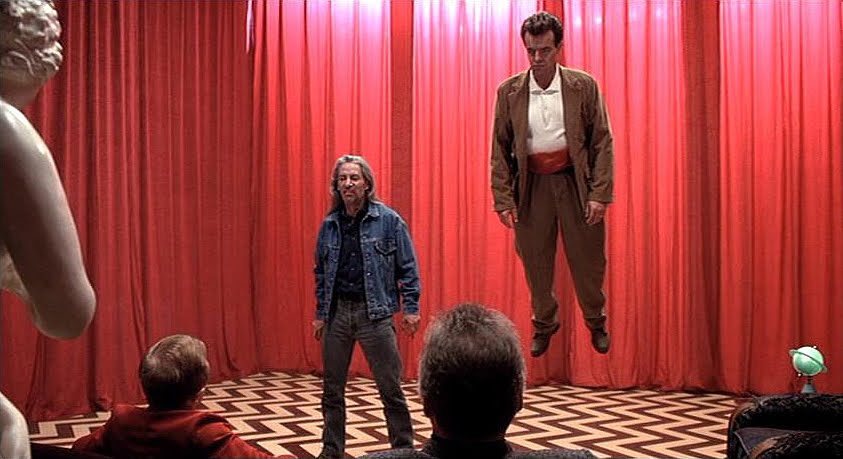
A prequel to the hit series where Lynch went all out for his then-to-be final descent into the world of Twin Peaks. From the starting point, you realize you’re experiencing the deja vu feeling of Killer Bob’s actions with all new characters before the death of Laura Palmer. Therefore, you need to eliminate all preexisting knowledge of the show before the film. And then we still get confused.
Many would say that Lynch’s psychological surrealist horror film is actually about the incest and abuse of a disturbed teenager girl. However, from a first viewing or even a fifth one, you can see these elements, but in a Lynchian way so it’s truly hard to figure out what the hell is actually going on.
Should I be laughing of Cooper running in and out of his office, be scared at Leland Palmer’s face, or be frustrated at the subtitles in the Pink Room? It’s up to you to decide, but to actually follow the logic of the reality or surrealist aspects of the Red Room and such, you will get lost. It’s not to be confused with interpretation from these abstractions but to make sense of the characters choices, actions, and doings in the world Lynch creates.